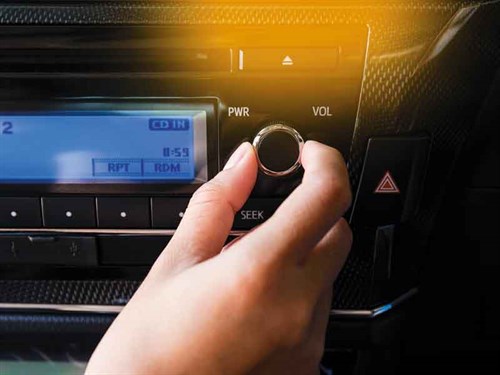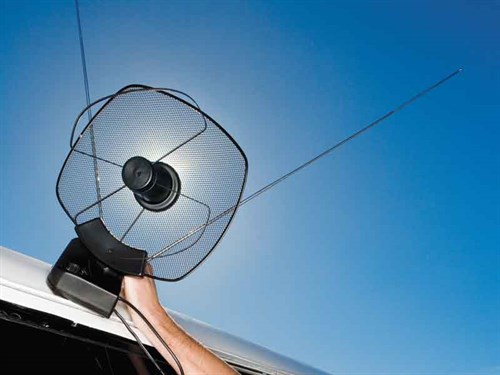In this digital age, it is easy to forget the humble AM/FM radio as a source of information and entertainment.

Radio has been around a long time and its very convenience keeps it alive: no need for a computer to ‘tune in’, it can be mobile, doesn’t consume valuable data, and it uses miserly amounts of energy to operate. And for many of us, its familiarity makes it easier to use than a computer. All it needs is a good signal.
AM radio signal
Any AM radio receiver, large or small, high or low performance, will perform better when attached to an aerial because it increases the signal strength.
But—and there is always a ‘but’—if the radio aerial is surrounded by noisy man-made devices such as computers, monitors, mobile phones, TV sets, street lights, LED lights, or fluorescent tubes, the aerial passes on their noise, too.
This noise must be reduced before the aerial can provide optimum performance either by switching off or repositioning the offending devices or relocating the aerial and/or the radio.
Aluminium cladding on an RV can be another problem, as it diminishes the signal strength received by devices located inside. Mounting an aerial outside the RV or placing the radio beside a window usually fixes this problem.
AM aerials
AM aerials can be active (with powered circuits) or passive (no power or circuits). Standalone passive aerials may have a tuning knob for tuning into the exact broadcast frequency of the AM station selected.
Pointed directly at the signal source, these aerials ignore overlapping signals and focus on the strongest, clearest signal available (see Tecsun Loop Aerial on the Tecsun Radio site or the DIY version on the RadioNZ FM help site.
Handheld AM radios usually have built-in aerials consisting of a ferrite rod located at the top of the radio and at the back, a large coil of wire.
Being directional, they perform best when pointed directly at the signal source. The humblest passive AM aerial can be 30 metres or so of electrical wire—speaker wire is good—with one end draped or fastened in a tree and the other end plugged/wired into the radio aerial entry point.
If it doesn’t have an external aerial connection, winding the free end of the aerial half a dozen times around the radio can make a significant improvement to the radio’s reception.
FM radio signal
As a rule, the quality of FM signals is significantly superior to AM. They operate at high frequency and the receiving aerials are purpose-built to pick up the transmissions.
However, the FM transmitter must be able to see the receiver to provide the strongest signal and this limits its range. If hills or tall buildings obstruct the signal, creating signal shadows, signal strength is reduced.
Outside aerials provide the best solution for poor reception for FM radio. The Yagi aerial, a directional aerial that looks like a smaller version of the original TV aerial, is widely seen as best suited for the task. It can be set up to match the orientation of the transmitter with the elements either vertical or horizontal.
Often a compromise orientation of the aerial at 45° (right-hand down when viewed from behind when pointed at the transmitter) works satisfactorily. The Yagi aerial reduces multipath distortion caused by the FM signal being reflected off nearby hills and buildings.
Other simpler options are a telescopic whip aerial or a simple indoor 300-Ohm ribbon dipole aerial. The whip aerial is best installed, so it can be fully extended and rotated to obtain best reception. The 300-Ohm dipole aerial, designed to be fastened to an interior wall, usually comes in the box with handheld portable radios.
Summary

Radio reception interference has always been an issue for radio listeners. It is likely to get worse because of the increasing number of electronic devices we surround ourselves with.
If all else fails, there is a company in the US that will take your upmarket $US300 handheld AM/FM radio and fit the latest ceramic filters to reduce ‘noise’ and improve your listening pleasure. The cost? Around $US300; the same price as the radio. Happy listening.





